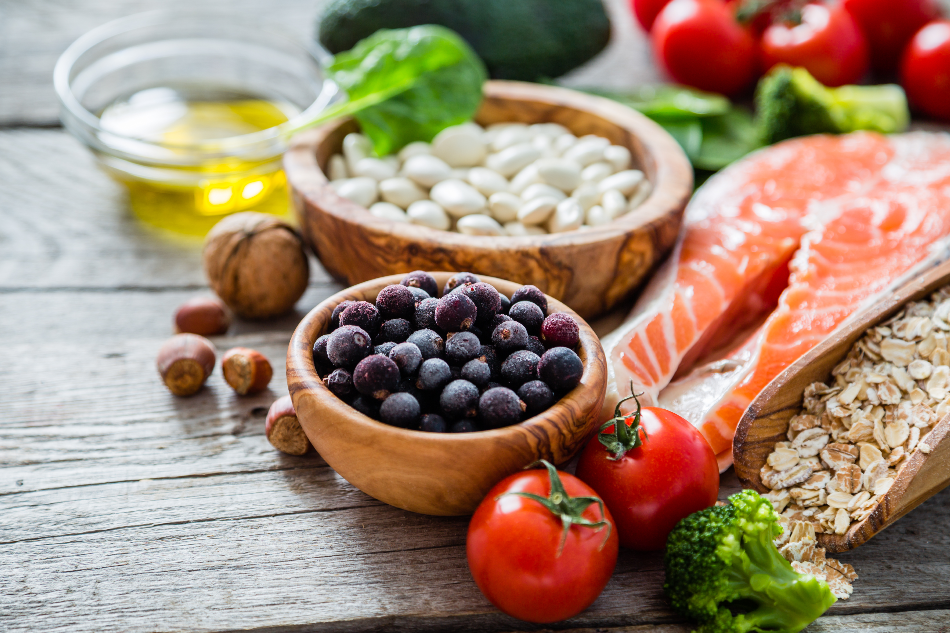
Oleksandra Naumenko / Shutterstock
Understanding nutrition is key to maintaining both physical and mental health. Getting sufficient levels of vitamins, minerals, proteins, carbohydrates, and fats are essential to supporting our physical health and preventing illness. In addition, studies have shown the key role that nutrition plays in mental health disorders such as anxiety and depression.
Consumers are becoming increasingly aware of what they are eating because of these reasons. There is also an escalating interest in nutrition analysis in order to combat global health epidemics, such as obesity and also malnutrition. According to the WHO, since 1975 worldwide obesity has almost tripled, and increased consumption of foods that are high in fat are seen as a key driver of this statistic.
In addition to this, the WHO informs us that undernutrition is responsible for just under half of all deaths among children younger than five years old. While the causes of malnutrition are much more complex, a deeper understanding of the nutritional content of food is useful in some cases.
Assessing the Nutritional Value of Food
Currently, in order to assess the nutritional value of food, whether it be for recommending diets, creating restaurant menus and recipes, food atlases and food composition tables are relied upon to cross-reference and calculate nutritional values.
However, using this database method is flawed because the nutritional contents of food can vary greatly depending on where and how it was grown and produced. An alternative method is getting a lab analysis, but this can be immensely time consuming and costly.
Fortunately, technology is developing to offer new, faster and more efficient ways of conducting nutrition analyses. Recently, the Integrated Measurement of Eating Quality (IMEQ) initiative was funded by the Scottish Government and Quality Meat Scotland in order to develop automated robotic technology to measure the key nutritional values of meat.
The technology was based on the kind that exists in car production lines and uses a robotic arm to collect data sourced through ultrasonic probes that inspect different sections of the meat. The result is that each individual piece can be measured for factors such as fat content and meat color along with other nutritional qualities.
The project was initially focused on measuring beef, but it will be expanded to lamb and pork. This kind of automated, robotic technology rapidly and efficiently processes key nutritional data and could influence the development of similar robotics for different food groups.
Nutrition Analysis with Robotics
In theory, this kind of robotic, production line method could be combined in the future with other new developments in nutrition analysis, such as the new equation that has been discovered to accurately determine the nutrient density and energy content of the food. In 2016 a team of scientists at the American University of Beirut was able to establish a novel unit of measure that was successful at calculating both the nutrients and energy contained in food samples.
As a result, a new easy-to-understand measure of food quality is now available, the full applications of which are yet to be realized. The future may see measures such as this being combined with the sort of automated robotic technology like that created through the IMEQ initiative, in order to provide instant analyses on vast quantities of various food products.
Advantages
These kinds of applications will help in controlling health epidemics such as malnutrition and obesity, as they open up the possibility of giving a more accurate reading of nutritional value. As well as informing consumers, their calculations may inform healthcare professionals on the diet quality among individuals and among different global regions, where foods may vary in nutrimental content due to different growing conditions.
Source
Disclaimer: The views expressed here are those of the author expressed in their private capacity and do not necessarily represent the views of AZoM.com Limited T/A AZoNetwork the owner and operator of this website. This disclaimer forms part of the Terms and conditions of use of this website.